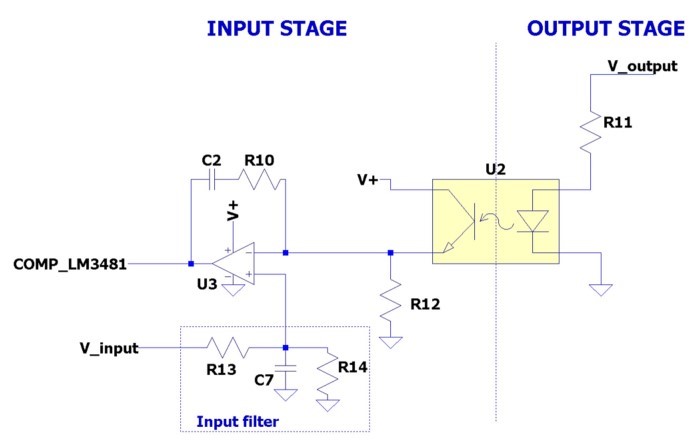Other Parts Discussed in Thread: TL431,
Traditionally flyback converters are designed to obtain fixed output voltages at variable input voltage ranges with galvanic isolation and literature is available widely for such designs.
There, the Error amplifier is placed at the output with a voltage reference (ex. TL431).
I would like to know the feasibility for designing a flyback converter whose output follows the Variable input voltage (Vout = Vin). examples: Vin range= 5V to 12V, when Vin = 5V Vout =5V, Vin = 9V Vout =9V and Vin = 12V Vout =12V etc.
I feel like placing an error amplifier on the primary-side theoretically. But I guess that there may be standard design solution or probably not feasible in practice.
How to realize a such a design ?


